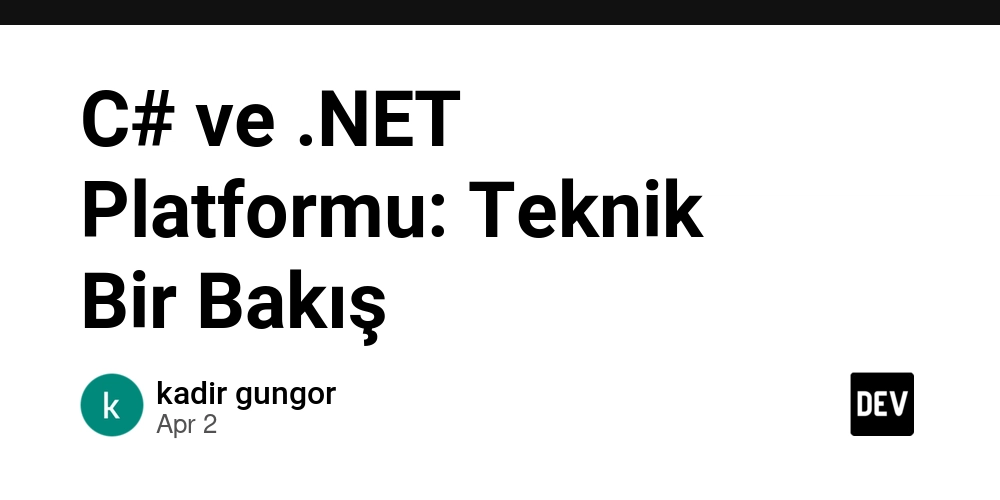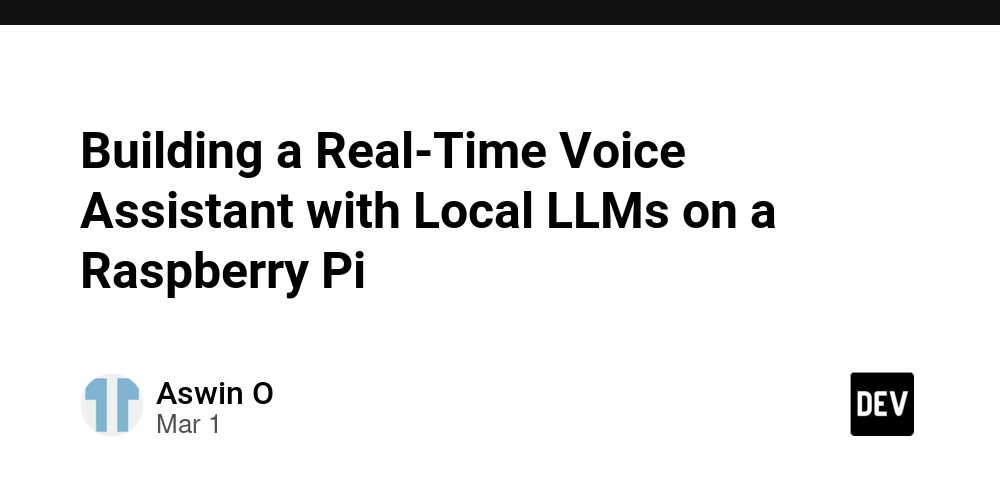Building a Patient Management System with Spring Boot: My Learning Journey
Introduction I am currently diving into Spring Boot and building a Patient Management System as a hands-on learning project. My goal is to understand microservices architecture while applying industry best practices to create clean, maintainable, and scalable code. Through this project, I am exploring different technologies, patterns, and tools to enhance my development skills. In this post, I’ll share my progress on the patient-service, detailing how I structured it, the features implemented, and my roadmap for the next stages of development. Setting Up the Patient Service As I learn and build, I have structured the patient-service to follow a modular and maintainable design pattern. It consists of the following core components: Controllers: These handle API requests, process incoming data, and return appropriate responses. Services: Contain the business logic, ensuring separation of concerns from the controllers. Entities: Represent the database models, defining patient attributes such as name, age, contact details, and medical history. DTOs (Data Transfer Objects): Used to transfer data between layers, ensuring security and efficiency by exposing only necessary fields. Repositories: Manage database interactions using Spring Data JPA, allowing for seamless CRUD operations. Exception Handling: Provides a centralized mechanism for handling errors gracefully, improving debugging and user experience. Implementing CRUD Operations At this stage, the patient-service supports basic CRUD operations, enabling the following functionalities: Creating a new patient record: Users can add patient details, which are stored securely in the database. Viewing patient details: Retrieve patient information using unique identifiers. Updating patient information: Modify existing records to reflect changes in medical data, contact details, or other attributes. Deleting patient records: Remove patients from the system when necessary, ensuring proper data management. Learning Docker and Deploying the Application To make deployment easier and simulate real-world scenarios, I have been learning Docker and its role in containerizing applications. As part of this process: I created a Dockerfile for the patient-service to package the application with its dependencies. I am using a PostgreSQL Docker image to serve as the database, ensuring consistency across development and production environments. I have set up docker-compose to orchestrate both the application and database, making it easier to test and debug locally. This hands-on experience with Docker is helping me understand containerization concepts, deployment strategies, and the benefits of using Docker in a microservices architecture. Next Steps in My Learning Journey As I continue building this system, I plan to enhance it further with additional features and services: Authentication Service: I will implement authentication and authorization using Spring Security and JWT, ensuring secure access to patient data. Other Microservices: I plan to explore and develop complementary services such as appointment management and billing, expanding the system's functionality. Frontend Development: To provide a user-friendly interface, I will build a frontend using React or Next.js, improving the overall user experience. gRPC for Microservices Communication: Instead of traditional REST-based inter-service communication, I will experiment with gRPC, which offers high performance and efficient data exchange between microservices. Conclusion This project is providing me with invaluable hands-on experience in Spring Boot, Docker, PostgreSQL, and microservices architecture. As I continue to learn and refine my skills, I will document my progress and share key insights along the way.

Introduction
I am currently diving into Spring Boot and building a Patient Management System as a hands-on learning project. My goal is to understand microservices architecture while applying industry best practices to create clean, maintainable, and scalable code. Through this project, I am exploring different technologies, patterns, and tools to enhance my development skills. In this post, I’ll share my progress on the patient-service, detailing how I structured it, the features implemented, and my roadmap for the next stages of development.
Setting Up the Patient Service
As I learn and build, I have structured the patient-service to follow a modular and maintainable design pattern. It consists of the following core components:
- Controllers: These handle API requests, process incoming data, and return appropriate responses.
- Services: Contain the business logic, ensuring separation of concerns from the controllers.
- Entities: Represent the database models, defining patient attributes such as name, age, contact details, and medical history.
- DTOs (Data Transfer Objects): Used to transfer data between layers, ensuring security and efficiency by exposing only necessary fields.
- Repositories: Manage database interactions using Spring Data JPA, allowing for seamless CRUD operations.
- Exception Handling: Provides a centralized mechanism for handling errors gracefully, improving debugging and user experience.
Implementing CRUD Operations
At this stage, the patient-service supports basic CRUD operations, enabling the following functionalities:
- Creating a new patient record: Users can add patient details, which are stored securely in the database.
- Viewing patient details: Retrieve patient information using unique identifiers.
- Updating patient information: Modify existing records to reflect changes in medical data, contact details, or other attributes.
- Deleting patient records: Remove patients from the system when necessary, ensuring proper data management.
Learning Docker and Deploying the Application
To make deployment easier and simulate real-world scenarios, I have been learning Docker and its role in containerizing applications. As part of this process:
- I created a Dockerfile for the patient-service to package the application with its dependencies.
- I am using a PostgreSQL Docker image to serve as the database, ensuring consistency across development and production environments.
- I have set up docker-compose to orchestrate both the application and database, making it easier to test and debug locally.
This hands-on experience with Docker is helping me understand containerization concepts, deployment strategies, and the benefits of using Docker in a microservices architecture.
Next Steps in My Learning Journey
As I continue building this system, I plan to enhance it further with additional features and services:
- Authentication Service: I will implement authentication and authorization using Spring Security and JWT, ensuring secure access to patient data.
- Other Microservices: I plan to explore and develop complementary services such as appointment management and billing, expanding the system's functionality.
- Frontend Development: To provide a user-friendly interface, I will build a frontend using React or Next.js, improving the overall user experience.
- gRPC for Microservices Communication: Instead of traditional REST-based inter-service communication, I will experiment with gRPC, which offers high performance and efficient data exchange between microservices.
Conclusion
This project is providing me with invaluable hands-on experience in Spring Boot, Docker, PostgreSQL, and microservices architecture. As I continue to learn and refine my skills, I will document my progress and share key insights along the way.










































































































































































![[The AI Show Episode 142]: ChatGPT’s New Image Generator, Studio Ghibli Craze and Backlash, Gemini 2.5, OpenAI Academy, 4o Updates, Vibe Marketing & xAI Acquires X](https://www.marketingaiinstitute.com/hubfs/ep%20142%20cover.png)



























































































































![[FREE EBOOKS] The Kubernetes Bible, The Ultimate Linux Shell Scripting Guide & Four More Best Selling Titles](https://www.javacodegeeks.com/wp-content/uploads/2012/12/jcg-logo.jpg)



![From drop-out to software architect with Jason Lengstorf [Podcast #167]](https://cdn.hashnode.com/res/hashnode/image/upload/v1743796461357/f3d19cd7-e6f5-4d7c-8bfc-eb974bc8da68.png?#)






































































































.png?#)




.jpg?#)































_Christophe_Coat_Alamy.jpg?#)








































































































![Rapidus in Talks With Apple as It Accelerates Toward 2nm Chip Production [Report]](https://www.iclarified.com/images/news/96937/96937/96937-640.jpg)









































































































































